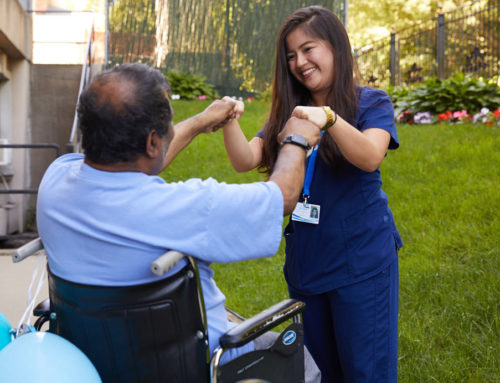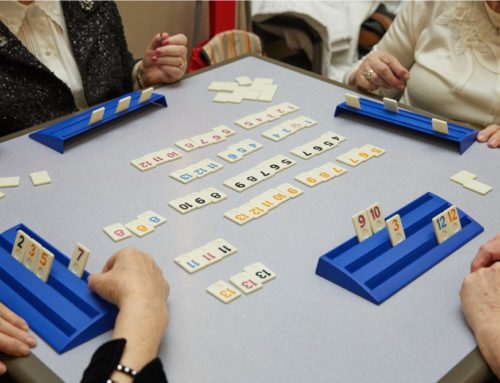Things Never to Do With a Broken Shoulder
From fun on the pitch to serious car accidents, there are various ways you can break your shoulder. Aside from the pain and discomfort, it can be debilitating. If no surgery is needed, your arm will probably be immobilized in a sling for weeks. Whichever form of treatment your doctor recommends, it’s crucial that you follow it. If this type of injury is untreated (or not treated properly), it can actually lead to permanent damage.
Physical therapy is a key part of the treatment. Sticking to this program – while avoiding the following things – will help heal your fractured shoulder and avoid complications.
Please note that treatments for broken shoulders can vary depending on the specific type and severity of the shoulder injury. The shoulder is a complex joint, and fractures can occur in different parts of the shoulder.

Broken Shoulder — Stay Away From Doing This
Your shoulder is one of the most important joints in your body. Whether it’s used for trivial everyday movements like brushing your teeth or offering comfort to someone in need of a shoulder to cry on, it needs to carry a big weight.
You might be eager to put your shoulder to the wheel and get going again, but avoid the following five things. In the case of a broken shoulder, slow and steady is the smart strategy.
Trying to overreach
Overreaching for an object on a high shelf or vigorous stretching during a workout can cause your rotator cuff to tear over time. Though, in older adults, all it can take is one overreach to tear these muscles. Just like overreaching can be the reason for the shoulder injury in the first place, it can also be the reason why your fractured shoulder takes longer to heal or possibly worsen.
Ignoring rehab and exercises for broken shoulder
Physical therapy plays an essential part in recovering from a fractured shoulder. It will help you to regain your strength and mobility in the area.
To help your shoulder heal, you’ll likely be instructed to wear a sling for a while. This can cause stiffness and you may also experience a decrease in the range of motion. To improve mobility, you need to start moving your shoulder again slowly and correctly. The exercises that your physical therapist has prescribed are designed to do just that.
Sudden movement
Sudden movement is linked to shoulder dislocation or separation. Not only can it lead to a shoulder injury, but sudden movements, like throwing a ball, can also cause the muscles and ligaments in the area to become overused.
Heavy lifting
There are four main tendons in the shoulder that attach the muscle to the bone. If you lift heavy objects, these shoulder tendons can cause friction in the sheaths which can cause inflammation and pain in your broken shoulder.
Contact sports
Shoulder injuries are more common among those who participate in contact sports. Irrespective of if you injured your shoulder on or off the field, it’s recommended that you avoid it for four to six weeks. That said, it’s best first to get your shoulder assessed by your doctor who’ll check for things like range of motion, strength, and functional performance, before you take up contact sports again.
Even a noncontact sport like swimming places a lot of stress on the shoulder which can delay recovery. Your body needs time to heal from the pain and for the swelling to subside. Until then, it’s best to observe from the sideline while you focus on regaining strength in your broken shoulder.
Resources:
https://www.livestrong.com/article/154847-range-of-motion-exercises-for-fractured-shoulder-recovery/
https://my.clevelandclinic.org/health/diseases/shoulder-fracture
https://orthoinfo.aaos.org/en/diseases–conditions/shoulder-trauma-fractures-and-dislocations/
This article is for educational and informational purpose only and does not substitute for professional medical advice. For any questions about your own health condition, speak to a qualified physician or healthcare provider.







Leave A Comment